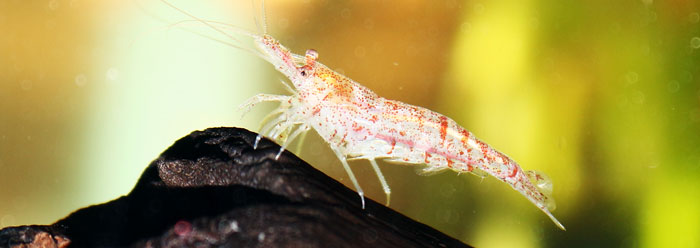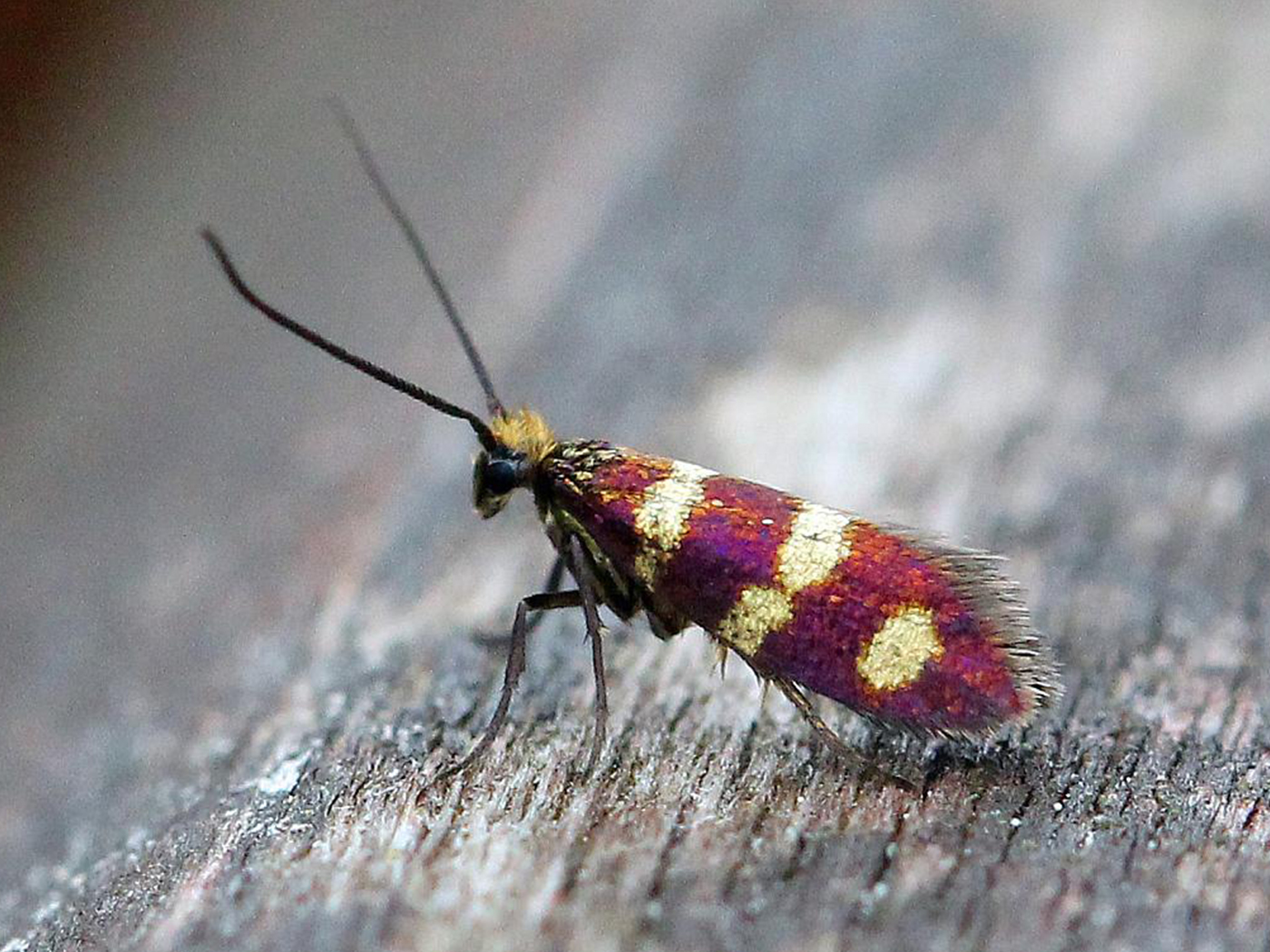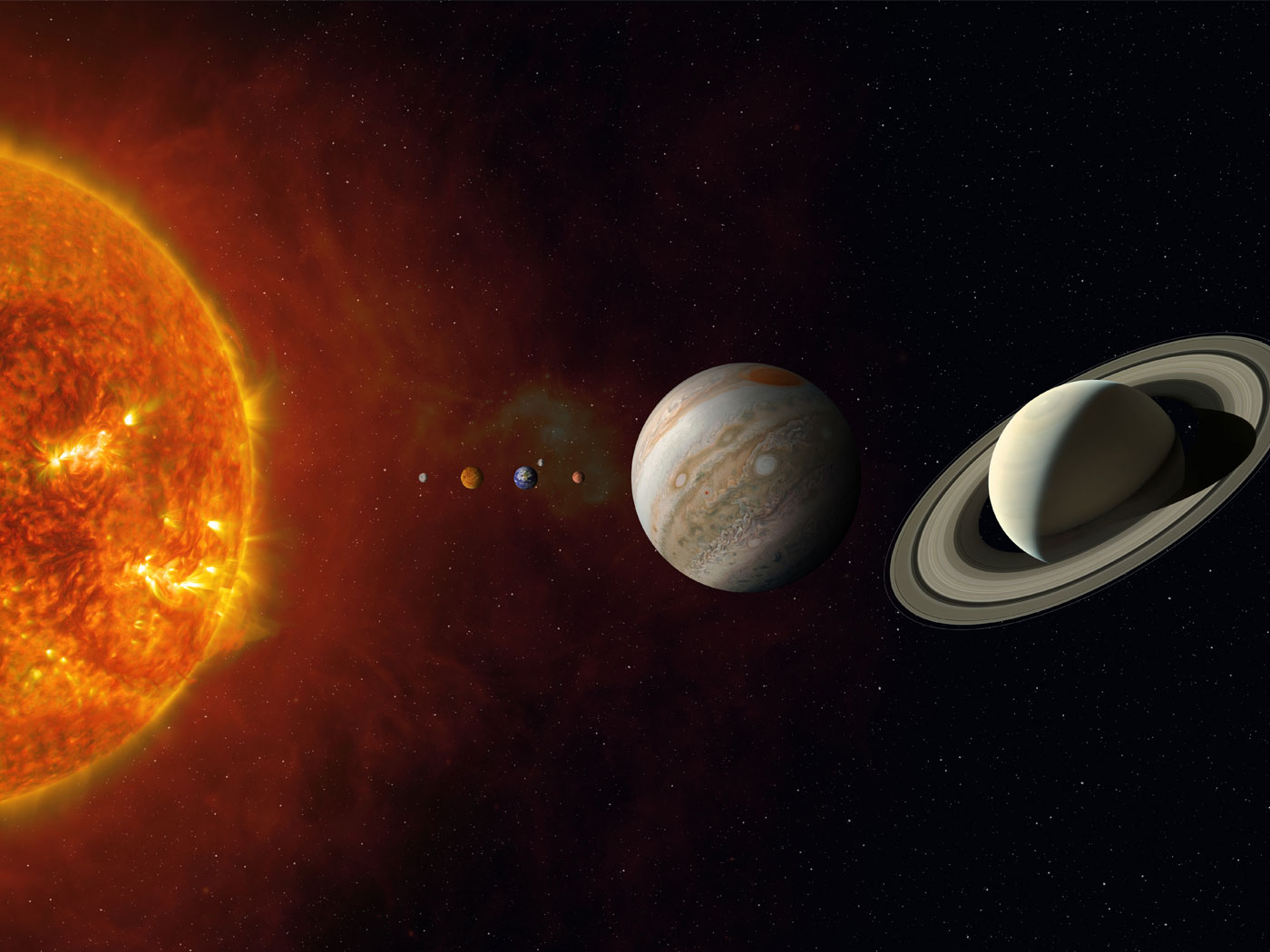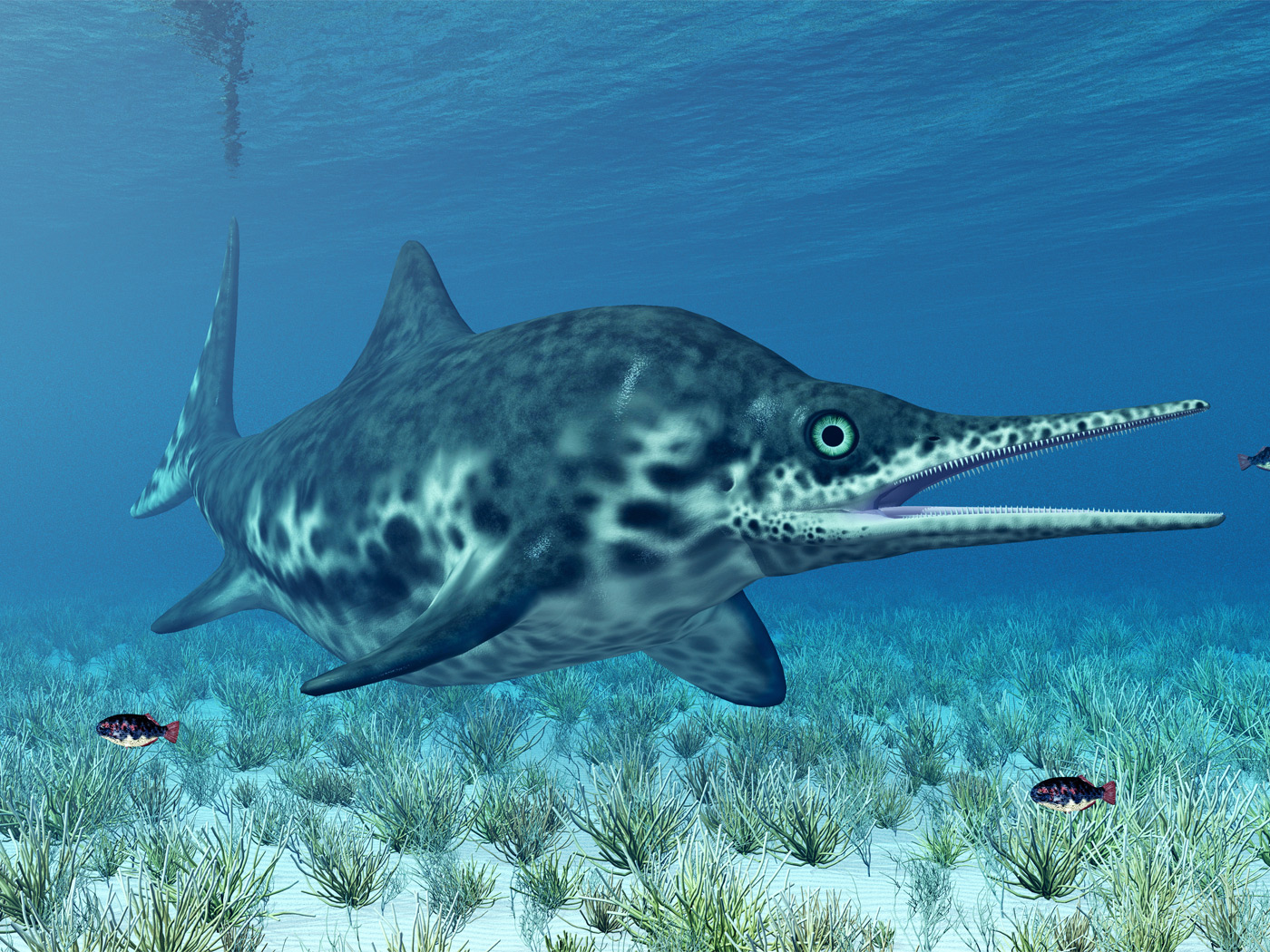Cambrian rocks are supposed to represent a time about 500 million years ago when ancient muds buried some of the first creatures that evolved on Earth. Today's array of life forms supposedly emerged from those "simpler" beginnings. But intriguing Cambrian discoveries, including newly described arthropod fossils from China, keep clashing with these out-of-touch ideas.
These unique fossils, described in an upcoming edition of Current Biology, show flattened traces of the ancient marine animals' brains.1
The research team published a similar report in Nature in 2012, but it showed only one shrimp-like arthropod from Cambrian Chinese rocks called the Chengjiang Shales.2 This new report compares that sample with several more brain shapes, all from the same animal kind.
Paleontologists did not readily accept the Cambrian preserved brain, balking at the idea that shrimp brains could preserve so well as to last hundreds of millions of years. This new report attempted to address that well-founded skepticism, in part by showing more fossils.
The new report also analyzed the former brain material. It seems that thin black or yellow smudges preserved these ancient arthropod brain shapes. The Current Biology study authors found that some preserved brains represented decayed, black-carbon smears and others were yellowish pyrite—also known as fool's gold. The team suggested that ancient anoxic bacteria could have reduced nearby sulfate to iron sulfide, which stayed on as pyrite. Some fossils showed mixtures of both carbon and pyrite.
But in the process of describing how Cambrian brain matter was possibly preserved, the team noted details that don't fit the sweeping story of evolution. First, these fossils looked like squashed shrimp—modern squashed shrimp. 500 million years of mutations and natural selection should have left some kind of sign, like newer, fewer, bluer legs or bigger brains, but these familiar body forms look like God created them as shrimp from the beginning.
Also, the Cambrian shrimp brains had the same shapes, lobes, and connections as today's shrimp and other decapod crustaceans: They appear fully-formed, completely equipped for shrimp life, and in effect totally modernized right from the start. The same can be said for Cambrian hagfish.3
News coverage from Gizmodo on how these shrimp brains were buried offered, "An underwater mudslide could do the trick, burying the shrimp alive and then preserving them—and their brains—for posterity."4 The Current Biology study authors pointed to "rapid entombment" to keep these ancient critters from scavenging animals and oxygen.1
"Underwater mudslides" and "rapid entombment" imply overwhelming catastrophes like those that would accompany a world-destroying Flood. This idea may sound as crazy to a secular thinker as shrimp creation, but it certainly fits the evidence.
References
- Ma, X. et al. Preservational Pathways of Corresponding Brains of a Cambrian Euarthropod. Current Biology. Published online on cell.com before print October 29, 2015, accessed November 9, 2015.
- See reference in Thomas, B. Cambrian Creature Had Complicated Brain. Creation Science Update. Posted on icr.org October 26, 2012, accessed November 9, 2015.
- Thomas, B. Cambrian Fossil Intensifies Evolutionary Conundrum. Creation Science Update. Posted on icr.org September 26, 2014, accessed November 9, 2015.
- Smith-Strickland, K. Scientists Have Found Fossilized Brains. Gizmodo. Posted in gizmodo.com November 8, 2015, accessed November 9, 2015.
*Mr. Thomas is Science Writer at the Institute for Creation Research.
Article posted on November 19, 2015.























